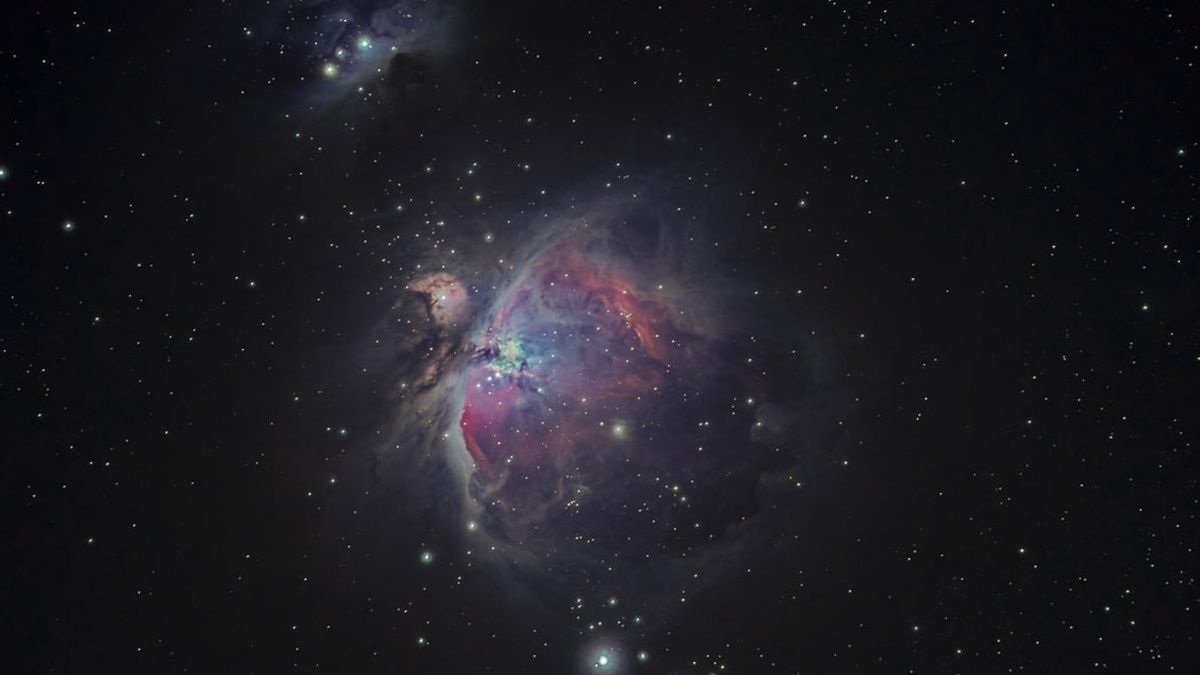JAKARTA - NASA's Kepler Space Telescope is rumored to have discovered a mysterious population of 'free-floating' planets that are not attached to any parent star.
Using a technique called gravitational microlensing, the researchers revealed a total of four new "rogue planets," which may have masses similar to Earth.
Gravitational microlensing depends on the chance event in which from a certain point of view, one star passes in front of another.
According to experts, the planets may have originally formed around their parent star before being ejected by the gravitational pull of another heavier planet in the system.
The host star is likely still burning brightly in space, but only with fewer planets in its orbit.
"We don't know exactly how far apart they are," study author Professor Iain McDonald at the University of Manchester told MailOnline.
“They are not among the nearest stars, but closer to the center of our Galaxy. So it's probably most accurate to say they are a few thousand light-years away."
SEE ALSO:
Professor McDonald said they weren't sure exactly what the planets looked like, but was 'probably rocky' with frozen oceans.
"If a planet like Earth were thrown into space, away from the heat of the star, we would expect frozen oceans and a condensed atmosphere on the surface," he said.
'Life can still go on, but only in places like hydrothermal vents, where there are other sources of energy,' he said.
The Kepler telescope is now retired, having spent nearly a decade in space searching for Earth-sized planets orbiting other stars, but scientists are still analyzing the data.
Kepler was launched in 2009 and decommissioned by NASA in 2018 when it ran out of fuel needed for further science operations.
Kepler was launched specifically by NASA with the aim of identifying planets outside our own Solar System, known as exoplanets.
For this project, the researchers used data obtained in 2016 during the K2 phase of NASA's Kepler Space Telescope mission — an extension of the original mission.
During its two-month K2 campaign, Kepler monitored millions of stars crowded near the center of our Galaxy every 30 minutes for rare gravitational microlensing events.
The English, Chinese, Japanese, Arabic, and French versions are automatically generated by the AI. So there may still be inaccuracies in translating, please always see Indonesian as our main language. (system supported by DigitalSiber.id)

















